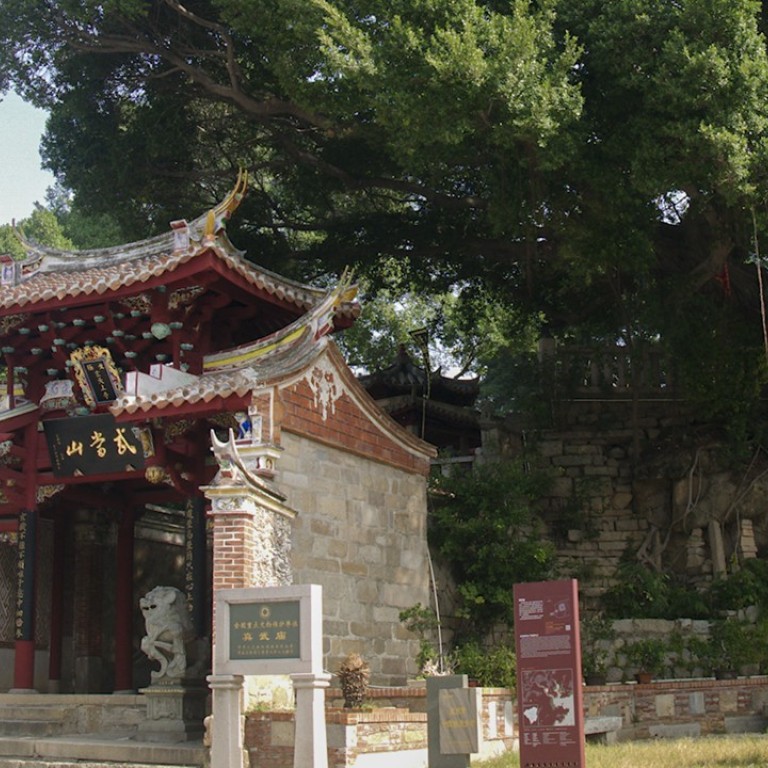
What old Silk Road’s terminus, Quanzhou, tells us about new one, Xi Jinping’s ‘Belt and Road Initiative’
The city of Quanzhou was the eastern terminus of the historical sea trade route between China, the Middle East and Europe. Looking around, it’s not hard to see that it was shaped by multicultural openness and religious tolerance
A kebab shop in Quanzhou’s busy Zhongshan Road may seem like an unusual place to seek insights into the origins of China’s modern-day strategy to play a greater role in global affairs.
However, the coastal city in the southern Chinese province of Fujian was once described by Italian explorer Marco Polo as the largest port in the world. It is widely regarded as the eastern terminus of the ancient Maritime Silk Road and has applied to obtain Unesco World Heritage status in 2018.
Life in a Chinese treaty port: Eurasian traces great-grandparents’ journey from London slum to Hong Kong and beyond
Since 2013, when Chinese President Xi Jinping outlined his vision of a 21st century Maritime Silk Road as a key element of the ambitious global trade project known as the “Belt and Road Initiative”, it has become a hot political topic.
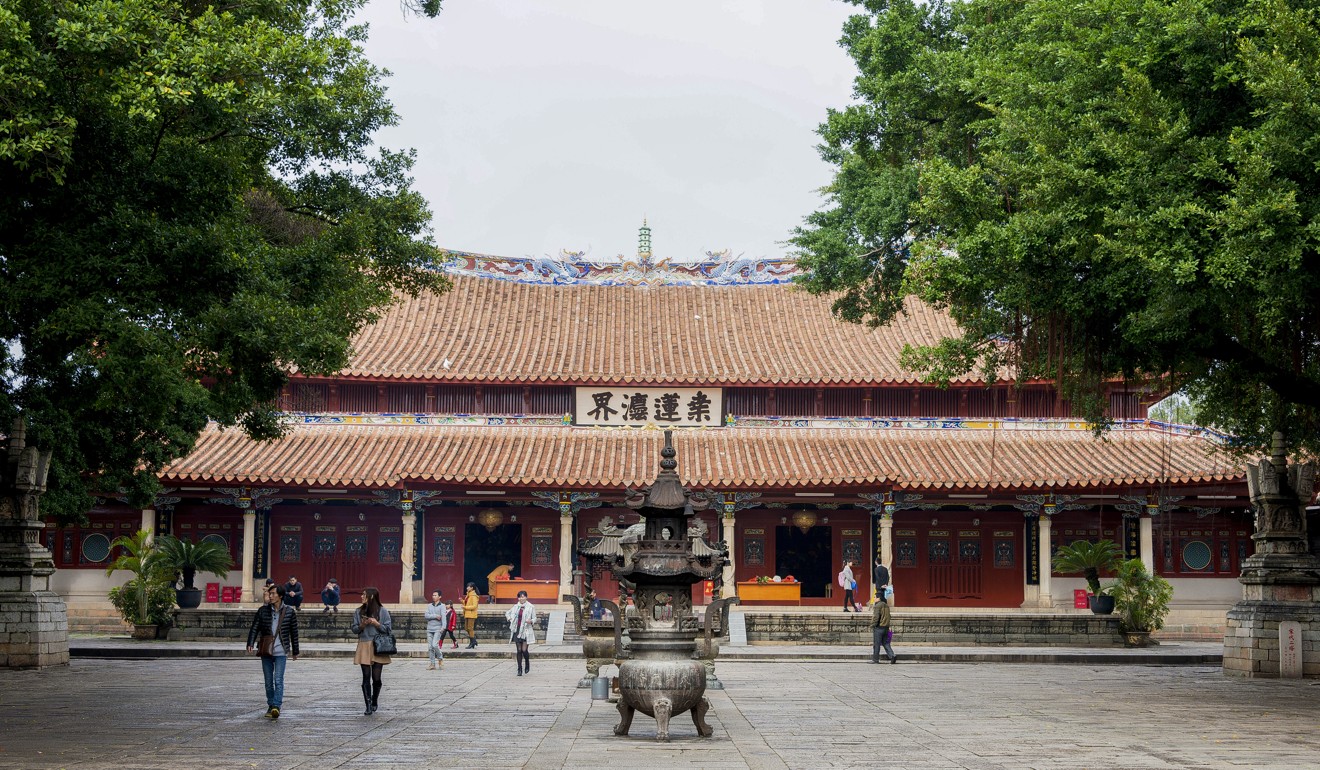
“Our ancestors, navigating rough seas, created sea routes linking the East with the West, namely, the Maritime Silk Road,” Xi said in his keynote speech last May at the opening ceremony of the Belt and Road Forum for International Cooperation in Beijing.
The Belt and Road Initiative seeks to connect more than 60 countries across three continents. Emphasising transport, infrastructure and trade, it has created a clamour among nations eager for the commerce it could bring. It has also been criticised for being a nebulous catch-all slogan that could overload countries with debt-funded infrastructure projects.
It is as though the evocative image from China’s past, of sailing junks plying the oceans to forge bonds with neighbouring nations, has struck such an emotive chord that few pause to consider the true nature of the old Maritime Silk Road.
A few days spent in Quanzhou, which for some 500 years played a vital role, offers important clues about Xi’s grand vision and exposes a few popular myths.
The kebab shop is not one of the 16 ancient sites and monuments that form Quanzhou’s Unesco bid, but it is an everyday example of the profound Middle Eastern influence in the city, which can be traced back to the days of the Maritime Silk Road. It is also a reminder that, at its zenith during the Song and Yuan dynasties, the trade route was as much Islamic as it was Chinese, and as much about culture as commerce.
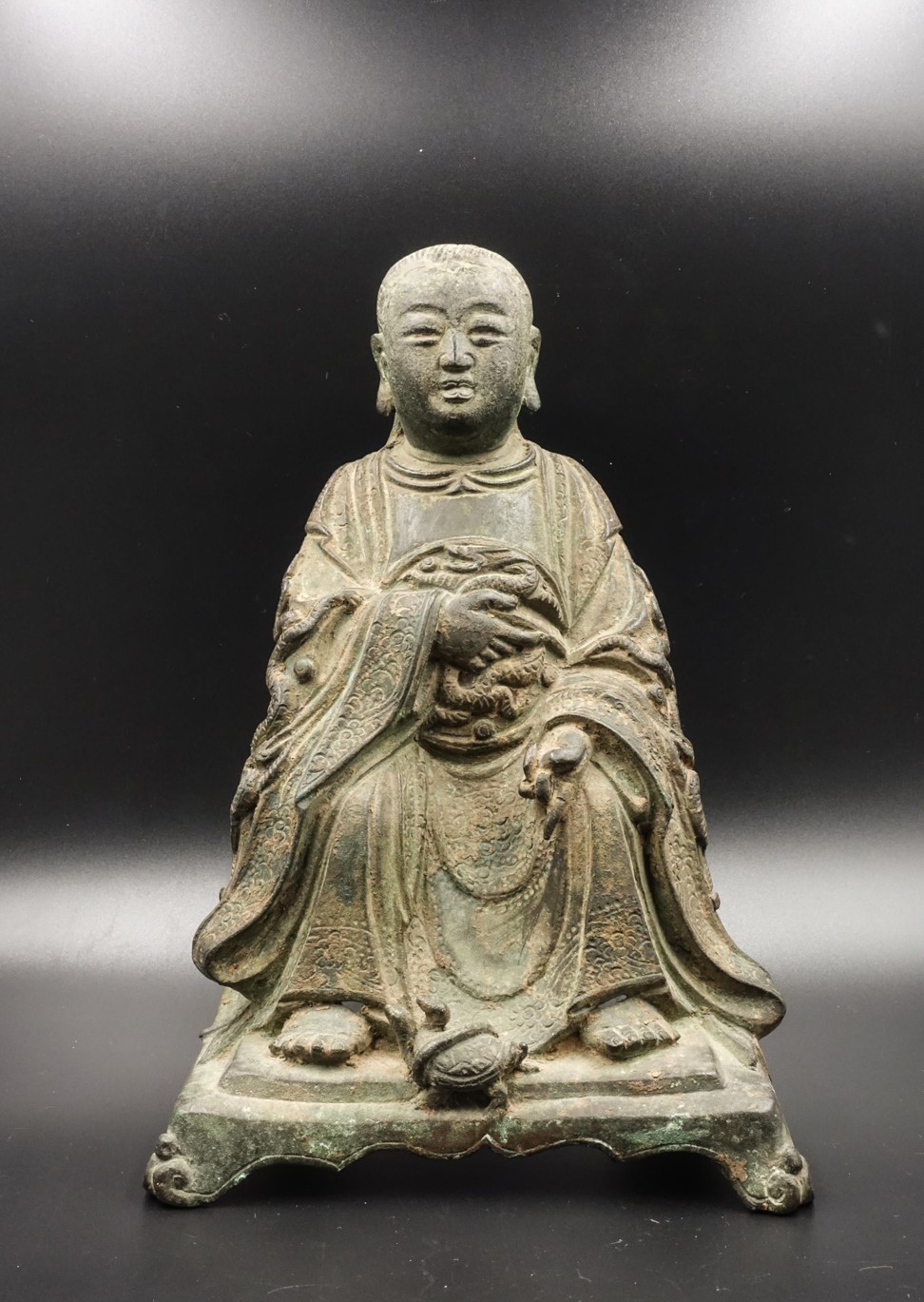
During that golden era, more than four centuries before any European ship arrived in Chinese waters, Quanzhou was a magnet for nobility, merchants, scholars, priests and traders from the Middle East, the Mediterranean and South Asia. It was the most vibrant, tolerant and cosmopolitan port city in the world.
As one Jewish trader, Jacob Ancona, reveals in his first-hand account, written in the 1280s, it was a fleshpot as well as an entrepôt.

“Here we came to a great shining palace of lanterns and lamps, and of stages and prostitutes near the eastern gate of the city of light, where at night gather those who go in search of pleasures and shameful delights, the like of which cannot be found in the entire world and which no one, even among those who have seen them, might believe,” he writes.
Less exotic today, the city has been overshadowed by neighbouring Xiamen and Fuzhou, but from the 11th century it was the gateway for the shipping routes that linked East to West via other great trading cities such as Jeddah, Hormuz, Baghdad and Constantinople.
‘Belt and Road Initiative’ and Hong Kong have to step up efforts in going green, UN adviser says
The term “Silk Road” is not Chinese, nor is it very ancient. It was coined in 1877 by German geographer and scientist Baron Ferdinand von Richthofen, and while the concept of a road on the sea is an oxymoron, the term has stuck.
According to the maritime museum in Quanzhou, much of central China was rendered impenetrable during the An-Shi Rebellion (755AD-763), so traffic on the overland Silk Road switched to the sea. As a result, the Silk Road became nautical and much of China’s inland population also fled south to the coastal regions, tilting the balance of its population and economy seaward.
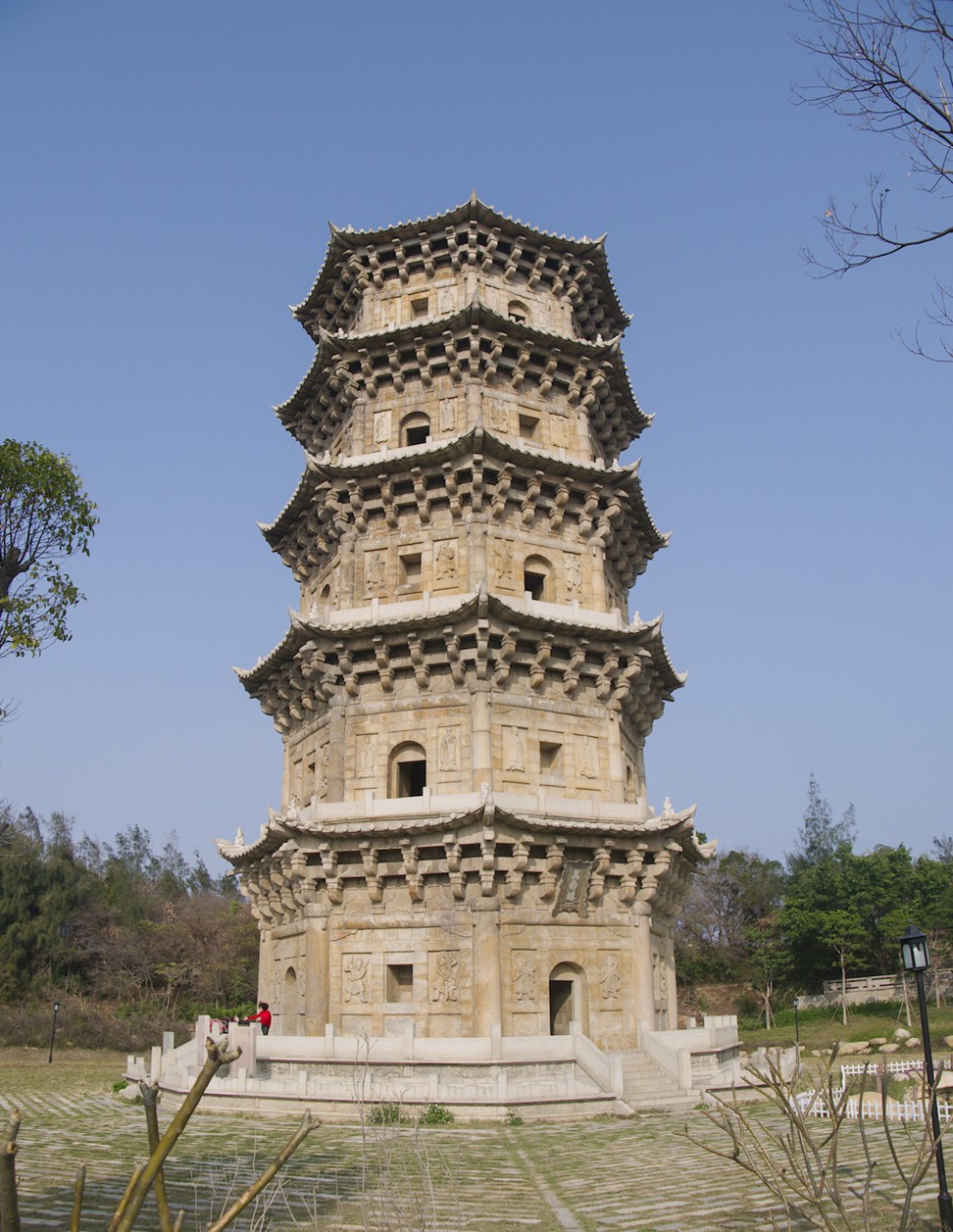
Quanzhou, with its large, well protected bay at the mouth of the Jin River, was perfectly located for international commerce. Arab traders had been sailing their dhows to Fujian province since the 9th century, and in 1087 the authorities established a shibosi (official customs house) for the first time.
According to When China Ruled the Seas by Louise Levathes, in the 12th century Emperor Gao Zong was enthusiastic about sea trade and gave it his official blessing, although it challenged traditional Confucian teachings. “Profits from maritime commerce are very great. If properly managed they can amount to millions [of strings of coins],” he decreed.
The ancient Silk Roads were never only Chinese
Funds were made available for the construction of harbours, navigational beacons and canals to foster maritime trade, including the ancient Wenxing docks, which are still located on the southern bank of the Jin River opposite the new high-rise Hilton hotel.
The programme did not prioritise military installations, though. The city was walled from 1230, but outside the city centre the approach to Quanzhou Bay is marked by the magnificent 36-metre-tall granite Liusheng pagoda, not a fort.
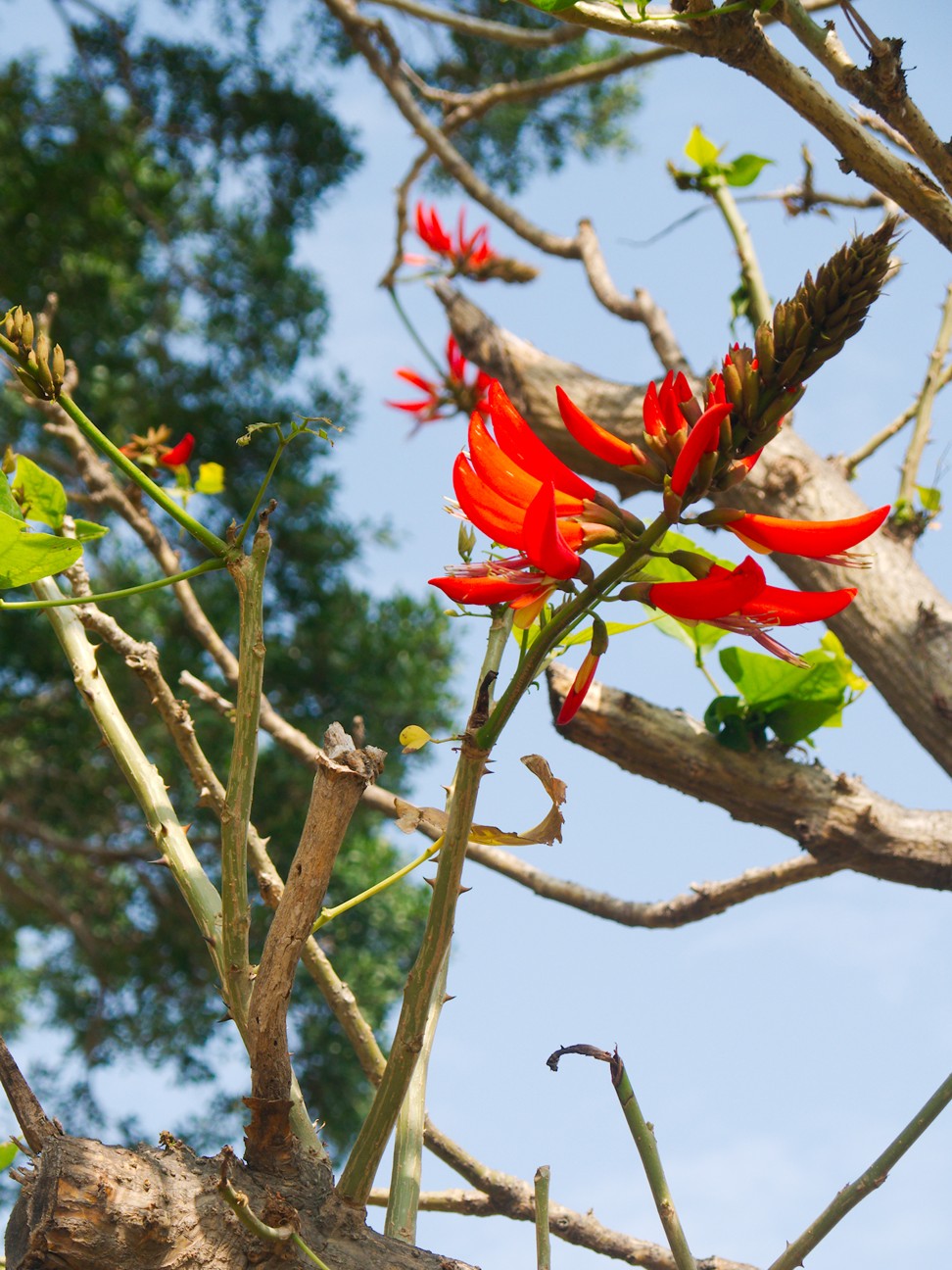
As Xi pointed out in his address last May, the Maritime Silk Road prospered during times of peace, at least in the region in and around the South China Sea and Indian Ocean. Its creation was the result of an accident of history inspired by ambitious Islamic merchants, more than central Imperial government policy, which merely endorsed it.
By the 12th century, Quanzhou had become known more commonly as Zayton, derived from the Arabic name for the ubiquitous Erythema trees, with their distinctive red blooms, which grew around the city and still do.
This old Chinese trading port can teach Hong Kong all about silk roads, and about tolerance
Maritime trade allowed Quanzhou to prosper; while more than 60 nations have signed up to the 21st-century Belt and Road Initiative, according to navigator Wang Dayuan’s Brief Introduction to Foreign Islands, Quanzhou was trading directly with nearly 100 nations during the Yuan dynasty (1271-1368).
The nature and extent of that trade is revealed by shipwrecks excavated from waters around Quanzhou. One three-masted, Song-dynasty junk was excavated from shallow muddy waters of the outer Houzhu harbour in 1974 and now forms the centrepiece of a special exhibition about junk-building technology and trade within the grounds of Quanzhou’s Kaiyuan Buddhist monastery.
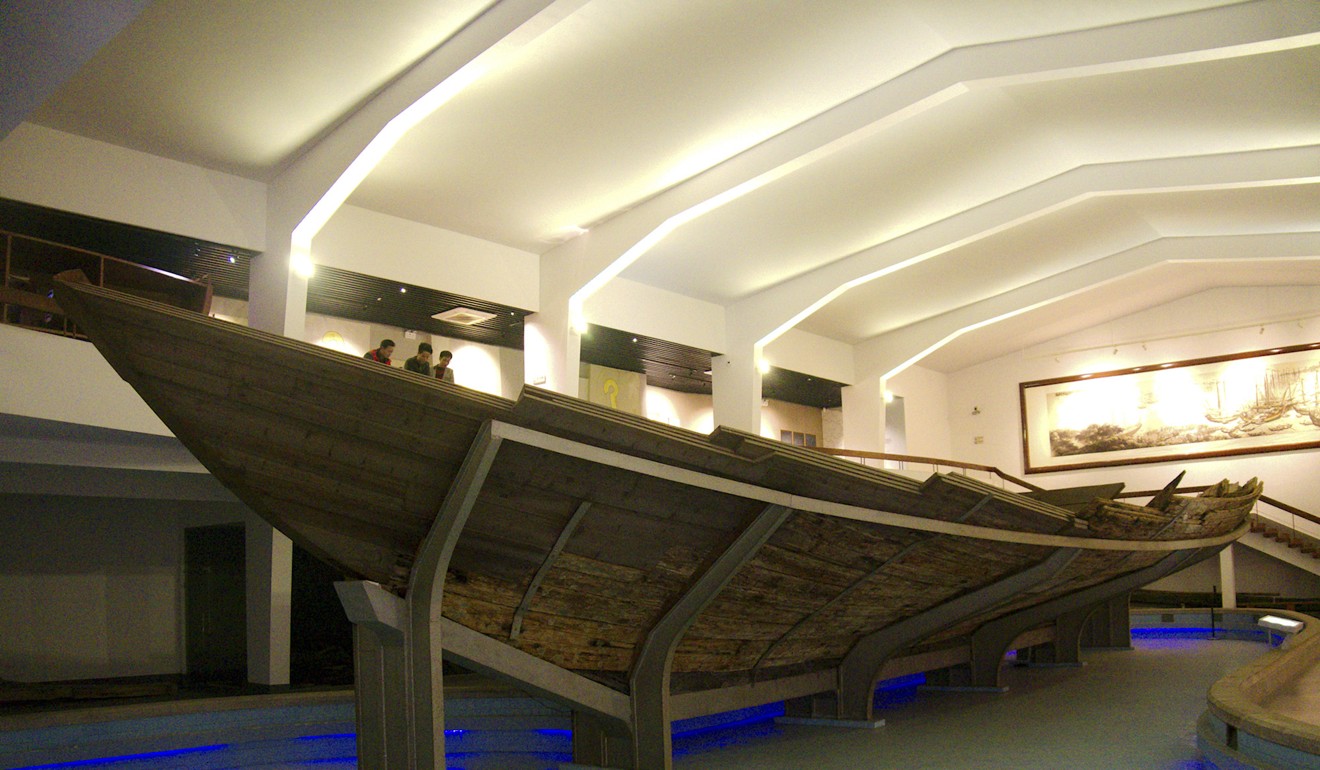
The vessel was returning to Quanzhou from the south, filled with more than 2,000kg of cargo including spices, peppers and herbal medicine such as frankincense, sandalwood and cloves, which were in demand not just in China but as far away as Jerusalem and Alexandria.
The cargo of another shipwreck, an outward-bound vessel, contains not silk but porcelain from the two local kilns at Cizao and Dehua.
These [silk] routes enabled people of various civilisations, religions and races to interact with and embrace each other with open minds.
Vigorous international trade provoked not just commercial exchange, but also social and cultural exchanges of religion, food, music and technology.
Scholars estimate that by the end of the Yuan dynasty, about 40,000 Muslims lived in Quanzhou, and many were wealthy and influential citizens. Arabs from Oman, Jeddah and Yemen, Persians, Turks and Uygurs were all made welcome in Quanzhou, and many thousands of their descendants still live in the city.
The Qingjing Mosque in the city centre, with its impressive fortified stone tower, dates back to 1009, and one inscription still visible in the oldest part of the complex underscores how the Maritime Silk Road is partly Islamic.
“Ships move forward with the blessing of Allah so as to show you a trace of him,” it reads in Arabic.
The city had a significant Christian population, too, both Catholic and Church of the East (Nestorian). The city’s Unesco bid includes the Kaiyuan Buddhist monastery with its two 11th century pagodas, the huge Confucian temple complex, the original Tin Hau temple honouring the goddess of the sea, and the 11th century temple dedicated to the sea god Zhenwu.
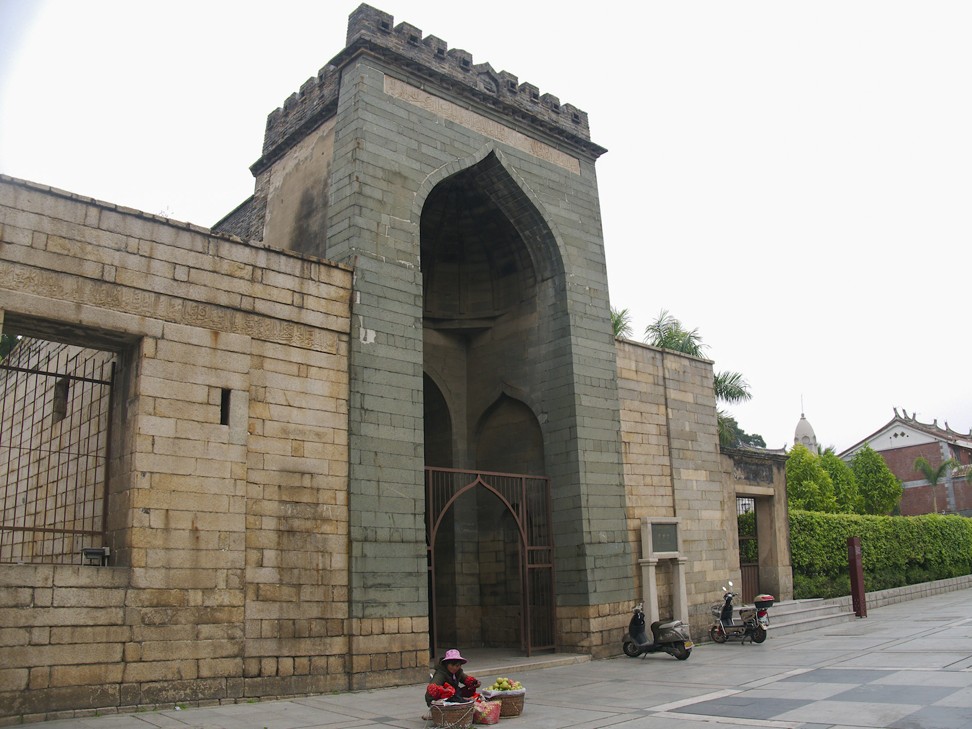
Even a fleeting look around Quanzhou reveals that the Maritime Silk Road was founded on multicultural openness and religious tolerance, and the significance is not lost on the highest echelons of China’s leadership.
“These [silk] routes enabled people of various civilisations, religions and races to interact with and embrace each other with open minds. In the course of exchange, they fostered a spirit of mutual respect and were engaged in a common endeavour to pursue prosperity,” Xi said in his address last May.
How China and Hong Kong’s currencies were shaped by Spanish, Mexican silver dollars
Unfortunately, not all spheres of China’s government and business sector share Xi’s firm grasp of history. In January, the Xinhua news agency reported the publication of a government white paper on its Arctic policy, pledging cooperative governance and elaborating on a vision of a “Polar Silk Road”, but there is no evidence that any part of the Silk Road approached the Arctic Circle.
During his recent three-day state visit to China, it was President Emmanuel Macron of France who felt it necessary to remind Xi about another fundamental of the Maritime Silk Road.
“The ancient Silk Roads were never only Chinese,” he said, and this was clearly the case in Quanzhou.

